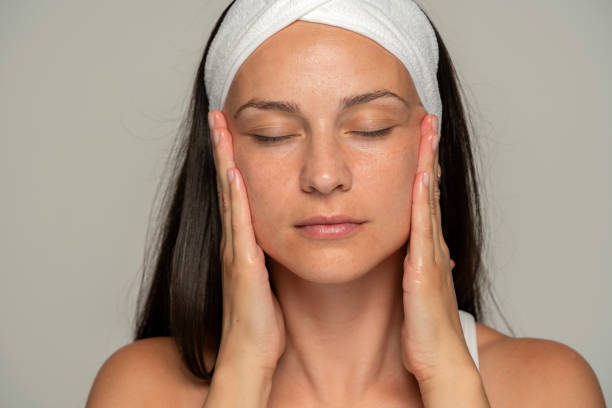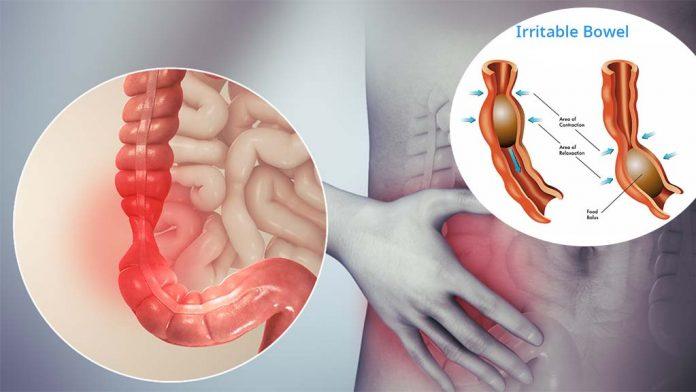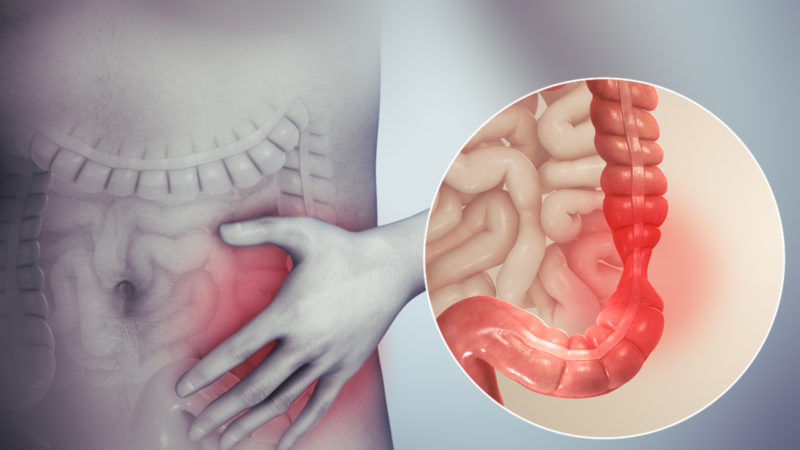Low Estrogen: Symptoms, Risk Factors, Treatment And More

Heard about estrogen or low estrogen? Or at least about the hormone balance? You must have, as the hormones are present in the human body in small amounts but play many vital roles in the maintenance of optimum health.
Estrogens are also a kind of hormone that plays many crucial roles in the body. It is mainly associated with the women’s body. Although men also have estrogens, which they produce inside their body. However, their association with women is because females produce it in high levels.
The low levels of hormones can have many negative side effects on the body. Thus maintaining an optimum level of estrogen is essential.
What Is Estrogen?
To understand something, the first thing to know is what it is. Estrogen, in this case, is a hormone present in the body, which is one of the two main sex hormones. It is responsible for many vital functions in the human body, like reproduction and physical features.
This hormone is responsible for the regulation of many vital body functions, especially in girls like setting off puberty. This hormone is mainly produced in the female ovaries and regulates functions like the menstrual cycle. It is also responsible for maintaining the pregnancy and strong bones in both men and women. Therefore low levels can adversely affect the female and male bodies both.
The good thing about estrogen is that the levels of the estrogen are easily treatable. There are various estrogen pills available in the market for this purpose. one thing to remember for the estrogen pills is that use them under professional guidance.
Low Estrogen symptoms
Now, as you know what estrogen is and how it affects the body. Let’s talk about low estrogen symptoms. Some of the common symptoms are:
- Painful intercourse, as low levels cause a lack of vaginal lubrication.
- Due to the thinning of the urethra frequency of urinary tract infection UTI increases.
- Irregular periods or absent periods.
- Mood swings
- Tenderness of the breast
- Depression
- Fatigue
- Hot flashes
- Accentuation of any pre-existing migraines or headaches.
- Trouble in concentrating on anything.
Other low estrogen symptoms are weak bones, which may lead to fractures in some cases. The weakening of the bones is due to a decrease in bone density. This is because these hormones work in conjunction with the other vital elements for bone-like Vitamin D.
If low estrogen symptoms occur in you, seeing a doctor is the best thing. This is specifically true in women’s case, as low levels can even lead to infertility in females.
Low Estrogen Causes
Estrogen hormone production primarily happens in the female ovaries. For this reason, anything which affects the ovaries of the female will show its effects on these hormone levels.
Some low estrogen causes in young women are:
- Exercising excessively
- Anorexia, which is an eating disorder.
- If the pituitary gland is not functioning properly or low functioning.
- Premature failure of the ovaries due to various reasons like toxins, genetic defects, or any autoimmune condition.
- Any kind of chronic kidney diseases
- Turner syndrome
In females over the age of 40, low estrogen levels are normal as they are signs of approaching menopause. This period when the women face low levels is known as perimenopause.
During the time of perimenopause, ovaries still continue the production of the estrogen, but the levels decrease. These low levels are common in the perimenopause time period. This decrease in estrogen production continues till they finally reach menopause.
For this instance, when a female stops the production of this hormone, she is considered to have reached the menopause stage.
What are the risk factors?
Like any other health issues, low estrogen levels are also common in some people. The most common risk factors include:
- Age is a risk factor; as you grow old, the production of estrogen decreases.
- Having a family history of hormonal problems, for example, ovarian cysts.
- Dieting at extreme levels
- Any issues with the pituitary gland
- Eating disorders
- Exercising at excess levels
These are some of the risk factors which may cause low levels in a person.
Diagnosis
A proper diagnosis of this hormone levels along with proper low estrogen treatment can prevent many health issues.
One of the first things you need to do is visit your doctor if you are facing any low estrogen symptoms. Your doctor can access the symptoms you are facing and go for diagnosis if they feel. This is essential as the early diagnosis of low levels may help in the prevention of further health complications.
During the diagnosis, your doctor will ask about all the aspects like family history and symptoms you are facing. A doctor will also perform a physical examination of your symptoms if needed. A blood test may also be conducted to measure the levels of the hormones in your body.
Your estrogen levels may also be tested if you are experiencing the following:
- Night sweats
- Frequently missing the periods
- Hot flashes
- Insomnia
In some cases, the doctor may also order a scan of the brain to ascertain if any anomaly is affecting the endocrine system. Another way to access the endocrine system is DNA testing, which may also be done by the doctor if needed.
Treatment
The low estrogen level treatment depends on the person. If a woman is facing low levels, she may benefit from estrogen therapy.
Estrogen Therapy
Females who are facing the issue of low estrogen levels in the age group of 25 to 50 are generally prescribed high estrogen levels through various estrogen pills or injections. This can reduce the risk of health issues like bone loss, hormonal imbalance, and cardiovascular diseases.
The dose of the estrogen pills or other options depending on the seriousness of the symptoms and the application method. Estrogen pills or medication can be administered by:
- Orally
- Topically
- Injection
- Vaginally
In some cases of low levels, long-term treatment is needed. This is done even when a person’s estrogen levels normalize. It is done with the help of administered lower doses of the estrogen over time to help in sustaining the normal hormone levels.
The use of estrogen therapy also helps in the lowering of menopausal symptoms. Thus lowering the chances of any bone density reduction and fractures.
Generally, long term estrogen therapy is given to females who are approaching menopause or had an issue like a hysterectomy. In all other cases, estrogen therapy is only recommended for a short period of 1 to 2 years. This is done to reduce cancer risk, as high estrogen levels may increase the cancer risk.
Hormone Replacement Therapy (HRT)
The HRT is done to maintain and augment the natural estrogen levels of the body. HRT is generally prescribed by the doctor if a female is approaching menopause. This is done as menopause decreases the progesterone and estrogen levels in the body significantly. In such cases, HRT can help in normalizing the estrogen levels.
In HRT therapy, hormones are administered in the following ways:
- Orally
- Bia injection
- Topically
- Vaginally
The dosage, combination of hormones, and length of the HRT therapy can be adjusted. For example, progesterone is used in combination with estrogen depending on the diagnosis.
Females approaching the time of menopause who go for the HRT may face an increase in the risk of various health issues. Some risks are cardiovascular diseases, an increase in blood clotting, breast cancer, and stroke.
Estrogen Foods Which Can Help In Maintaining The Levels
Some of the common foods which you can eat to maintain healthy levels of estrogen and avoid low estrogen are:
- Flax seeds
- Edamame and the soybean
- Sesame seeds
- Peaches
- Dried fruits
- Garlic
- Berries
- Wheat bran
- Tofu
- Cruciferous vegetables
- Tempeh
These are some of the naturally available foods which are rich in estrogen and can help in increasing estrogen levels.
Bottom Line
Hormones, like estrogen, play a vital role in the maintenance of overall health. Genetic defects, certain diseases, or a family history of low estrogen levels may cause low estrogen levels.
Low estrogen levels can cause many health problems and may interfere with sexual functions and sexual development. Low levels also increase the risk of problems like osteoporosis, cardiovascular diseases, and obesity.
The low estrogen level treatments have evolved over the years and are now more effective, which is a good thing. Reasons for the low levels in a person decides the treatment for the estrogen problems. So, if you face any symptoms, consult your doctor.






